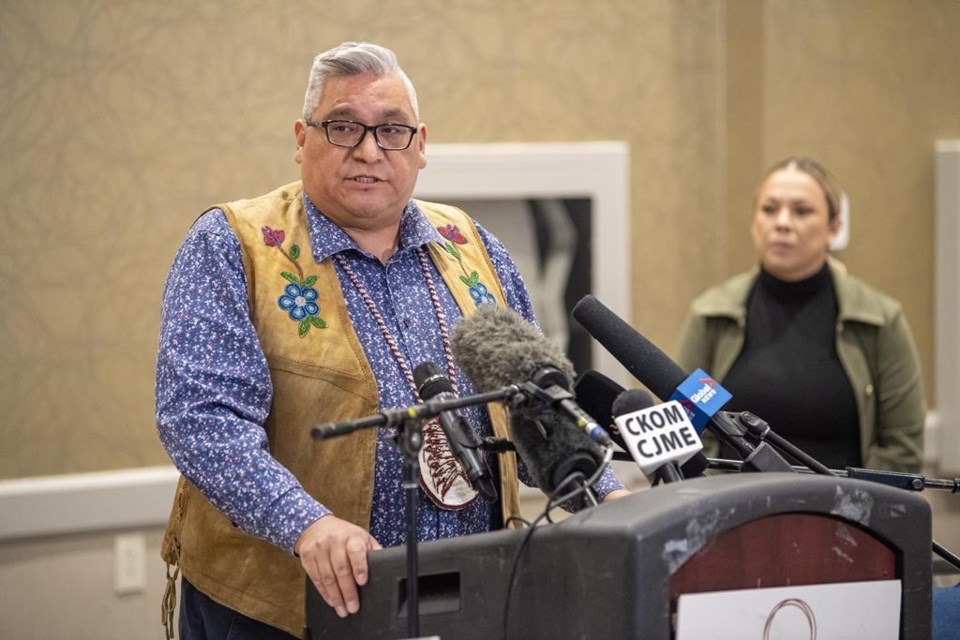SASKATOON — The Federation of Sovereign Indigenous Nations says it's alarmed by a new report that found disproportionate rates of self-harm and suicide among First Nations people in Saskatchewan.
"It's time for action," Vice-Chief David Pratt said Monday.
The report, a partnership between the federation and the Saskatchewan Health Quality Council, found that First Nations men die by suicide three times more often than their non-Indigenous counterparts and it rises to six times for First Nations women.
Hospitalizations for self-harm were also much higher among First Nations people in the province — five times for men and nine times for women.
First Nations girls under 15 were hospitalized at a rate 10 times higher than their non-Indigenous peers.
"It hurts the whole community when we lose people," said Chief Ron Mitsuing of the Makwa Sahgaiehcan First Nation.
The report looked at health data from 2000 to 2020.
Council CEO Tracey Sherin said the key takeaways are that a co-ordinated approach is needed with communities taking the lead. She added that action must happen now to protect the future.
The federal and provincial governments signed a letter of commitment with the federation in 2020 to support mental health and wellness services to deal with the suicide and self-harm crisis.
At the time, Makwa Sahgaiehcan First Nation was dealing with multiple suicides, including the death of a 10-year-old girl.
Okimaw Iskwew Margaret Bear, chief of the Ochapowace Nation, said at that time her community was also averaging one funeral a week. She said it remains difficult and people are still grieving, but it's time to look for solutions.
"Today it is about hope," she said. "There is hope."
Pratt and the other leaders called on the provincial and federal governments to follow through on the letter of commitment with long-term funds.
Pratt said the federation has a plan for "life promotion," but it needs funding commitments for communities to implement its own solutions.
He said the majority of the funding would go directly to communities. It would also help lessen the pressures the mental health and addictions system currently faces.
If the plan is supported, Pratt said it hopes to see a significant decrease in the numbers in the next five years.
"We are trying to save lives. We are trying to give our people hope.”
This report by The Canadian Press was first published Oct. 31, 2022.
Kelly Geraldine Malone, The Canadian Press




